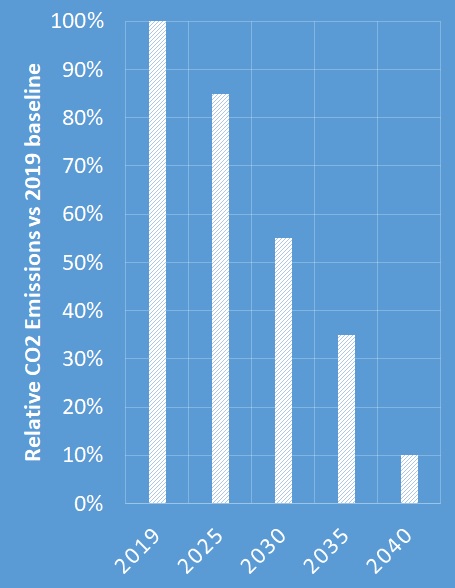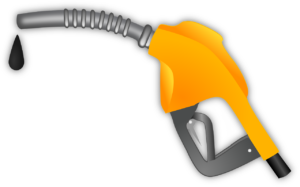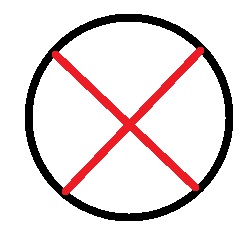Revised CO2 standards in Europe for heavy-duty vehicles
90% CO2 reduction by 2040, 100% urban buses to be ZEVs, Definition of ZEVs expanded to higher CO2
Europe has proposed an ambitious revision to its heavy-duty vehicle CO2 emission standards.
Previous standards required a reduction of 15% by 2025 and 30% by 2030, for a subset of the vehicle categories. The new standards expand the applicable categories and require deeper reductions.
For vehicle sub-groups 4-UD, 4-RD, 4-LH, 5-RD, 5-LH, 9-RD, 9-LH, 10-RD, 10-LH
Compared to 2019, CO2 emissions reduction of:
15% for 2025 to 2029
45% for 2030 to 2034
65% for 2035 to 2039
90% for 2040 and beyond

ZEV definition – allowed CO2 increased. H2-ICEs?
The proposal defined a zero-emitting vehicle – ZEV – as a vehicle with: “< 5 g/(t∙km) or 5 g/(p∙km) of CO2 emissions”
Previous definition used a 1 g/kWh cut-off. This indicates the possibility of H2 ICEs to be deemed as ZEVs.
Urban Buses
All urban buses must be ZEVs by 2030.
- This ZEV target does not apply to regional and long-distance coaches
ZLEV incentive discontinued
Incentives for zero- and low-emission vehicles (ZLEV) will be discontinued after 2030.
 Renewable and low-carbon fuels
Renewable and low-carbon fuels
The proposal does not include any incentives or credits for the use of low carbon fuels. Rather, the increased use is encouraged through other tools such as the Renewable Energy Directive.

Compliance and Reporting
The reporting mechanism already in place will continue – OEMs and Member States will continue to report CO2 emissions and fuel consumption data of newly registered vehicles to the EU Commission, and this will be published annually.
Exclusions
Targets do not apply to special purpose, off-road, and vocational vehicles, such as mobile cranes, forestry or agricultural vehicles.
5-Min Monthly
Sign-up to receive newsletter via email
Thank you!
You have successfully joined our subscriber list.


